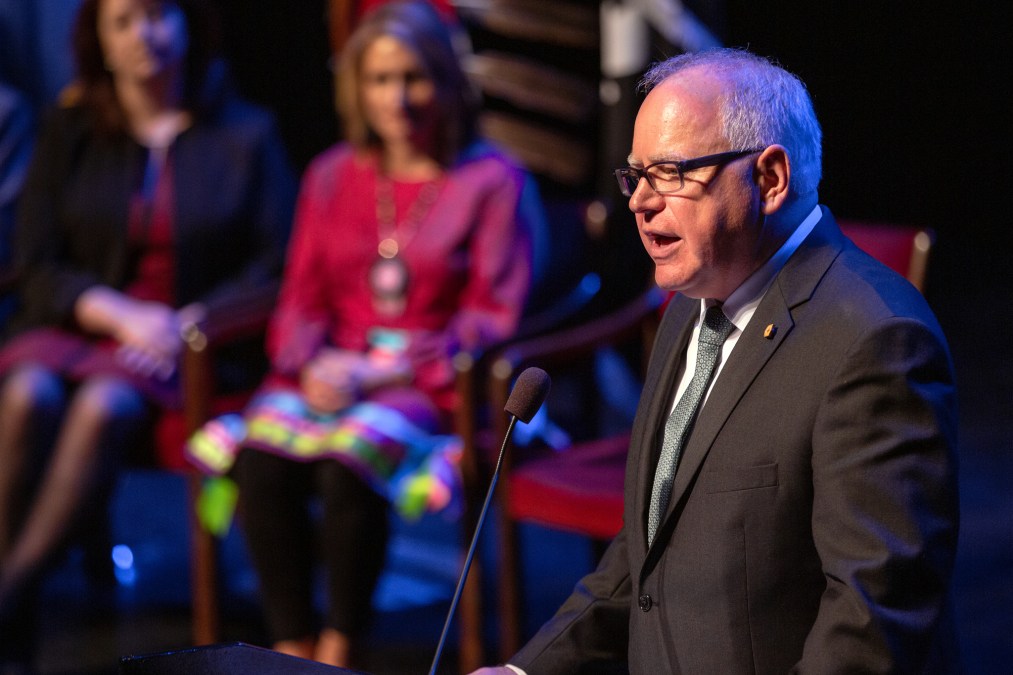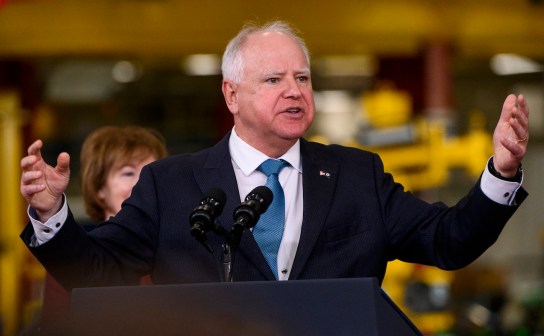Minnesota governor wants another $15.7 million to fix troubled vehicle registration system

Minnesota Gov. Tim Walz said Thursday he intends to ask the state legislature for $15.7 million to continue fixing the state’s bug-ridden licensing and vehicle registration system, and also announced the creation of a new panel to review the state’s information technology policies.
Walz’s funding request is the latest development for the Minnesota Licensing and Registration System, or MNLARS, which has been troubled by software failures and real-life hassles for the state’s residents since it launched in summer 2017. Minnesota IT Services originally spent $93 million developing the system, which provides the technical infrastructure the state uses administer license plates, drivers licenses and vehicle titles.
But the problems started almost immediately, leading to long lines and lost revenue at registrar offices around the state. In February 2018, then-Chief Information Officer Johanna Clyborne asked for $43 million to fix the system, but was was given just $9 million for initial repairs in May. Clyborne’s appointment expired last month as former Gov. Mark Dayton left office.
Walz also announced Thursday that he signed an executive order creating a Blue Ribbon Council on Information Technology, to be comprised of government and private-sector technologists. The council will be charged with advising his administration on matters of IT and cybersecurity, such as the MNLARS repair. Its membership will be made up of the nine members of the state’s existing Technology Advisory Committee, who will be joined by six new appointees. Walz’s new council is scheduled to hold its first meeting next month.
“Minnesotans expect reliable, secure, and accurate information technology services when they interact with the state,” Walz said in a statement. “That is why the Blue Ribbon Council on Information Technology was created, to ensure the people of Minnesota have access to high-quality, dependable services.”
Repairs on MNLARS have been continuous since launch, but according to a quarterly report published by MNIT in December, the system still has 110 “gaps, defects and new feature requests.”
The troubled computer system has been on the new governor’s mind. Walz told the Minneapolis Star-Tribune last month that “it keeps me up at night,” shortly after the system was blamed for the state’s Department of Public Safety accidentally releasing the personal information of about 1,500 residents.
Since Clyborne’s departure, MNIT has been led by acting commissioner and CIO Bill Poirier. Walz said he is currently searching for a permanent replacement for the position.






